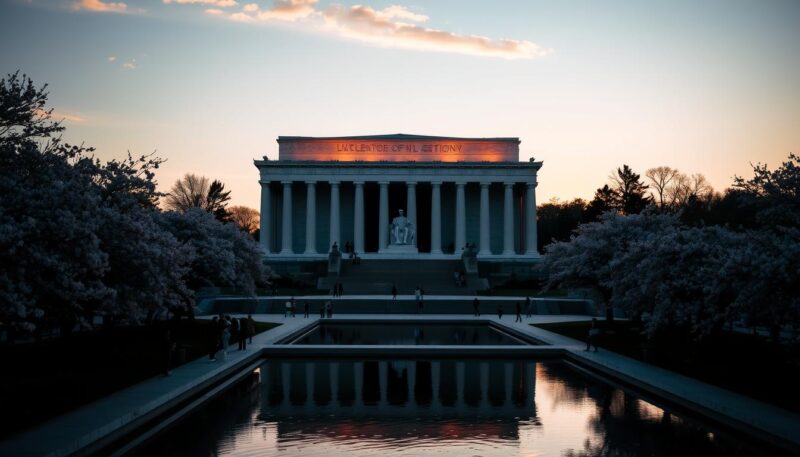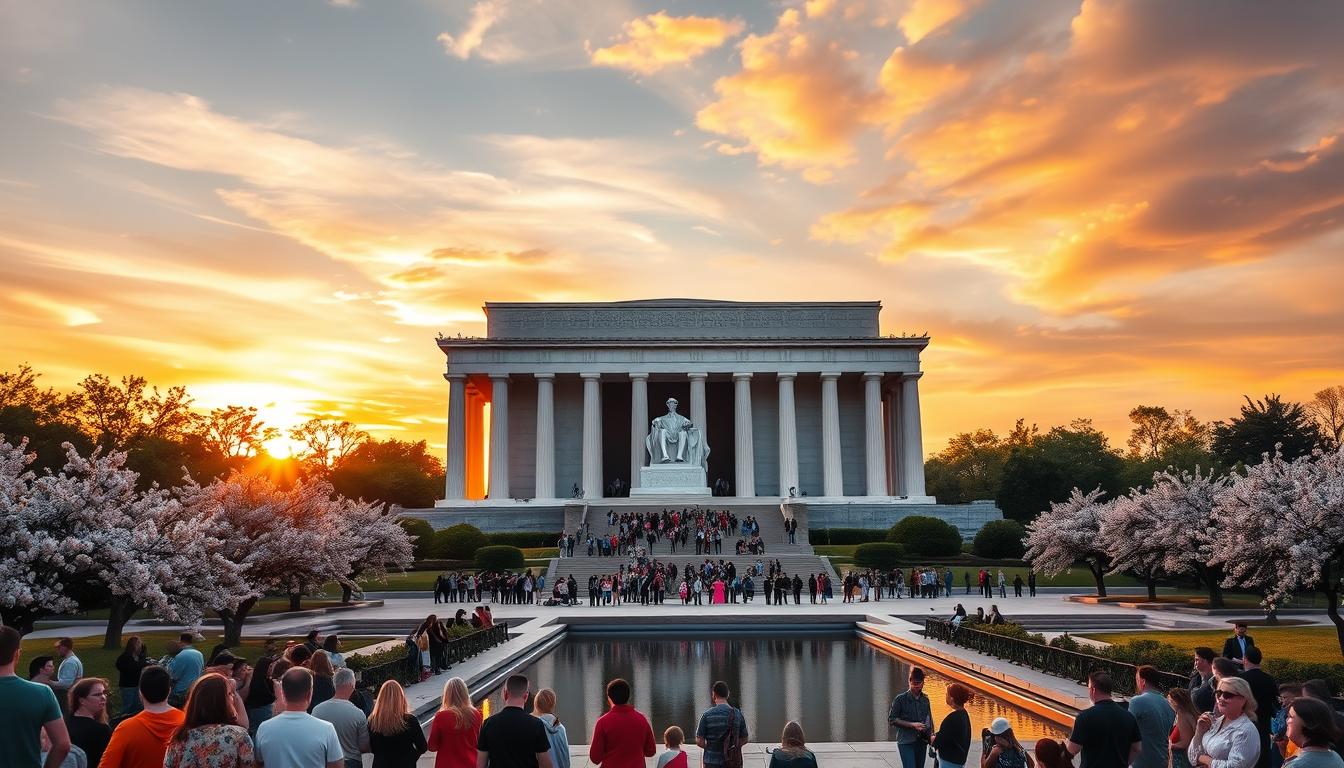The Lincoln Memorial stands as a monumental tribute to one of America’s most revered presidents, Abraham Lincoln. Located on the National Mall in Washington, D.C., this iconic structure not only showcases stunning architecture but also embodies principles of equality, unity, and resilience. Did you know that the construction of the Lincoln Memorial commenced in 1911, nearly 60 years after Lincoln’s assassination in 1865? Dedication to this vision came to fruition in 1922, making it a must-visit site that welcomes millions of tourists each year. In this article, we will explore some fascinating facts about the Lincoln Memorial, rich with Lincoln Memorial trivia and intricate Lincoln Memorial details that will deepen your appreciation for this historical landmark. With each visit, you can discover the layers of meaning etched into its design, reflecting Lincoln’s enduring legacy in American history.
History of the Lincoln Memorial
The history of the Lincoln Memorial is filled with notable milestones and challenges. Delays impacted both the construction and the eventual opening of this iconic landmark. Originally authorized by Congress in 1867, various designs were proposed for the memorial, leading to significant debate and indecision. Despite these challenges, significant progress occurred when Congress allocated $2 million for the project in 1911, marking a pivotal moment in the history of the Lincoln Memorial.
Delayed Construction and Opening
The delayed construction of the Lincoln Memorial reflects the complexities of the time. Groundbreaking finally took place on February 12, 1914. This event symbolized a crucial step in realizing the nation’s tribute to Abraham Lincoln. Various factors contributed to the time-consuming process of bringing the memorial to fruition.
Groundbreaking Ceremony
The groundbreaking ceremony was led by Joseph Blackburn, a former Confederate officer and a member of the Lincoln Memorial Commission. This act marked the official start of construction on a monument that would eventually stand as a symbol of unity and remembrance for generations to come.
Design Influences
Lincoln Memorial design influences are evident in its neoclassical architecture, created by architect Henry Bacon. The design closely resembles the Parthenon, showcasing Doric columns and a grand sense of dignity. Although alternative designs were submitted, Bacon’s concept was selected to ensure a fitting tribute to Lincoln’s legacy. This design choice reinforces the memorial’s historical significance as a stable and dignified structure in the heart of Washington, D.C.
| Dimension | Measurement |
|---|---|
| Length | 190 feet |
| Width | 120 feet |
| Height | 99 feet |
| Doric Columns Surrounding Memorial | 36 |
| Height of Entrance Columns | 44 feet |
| Interior Height | 60 feet |
| Annual Visitors (2023) | 8,099,148 |
| Date of Dedication | May 30, 1922 |
Fascinating Facts About the Lincoln Memorial
The Lincoln Memorial stands as a monument rich with interesting Lincoln Memorial facts, all underscored by its powerful symbolism and historical significance. You can explore various must-know Lincoln Memorial details that not only highlight its architectural marvel but also its role in America’s cultural narrative.
Symbolic Features
The design of the Lincoln Memorial incorporates various symbolic elements. The structure is framed by 36 columns, each representing a state in the Union at the time of Lincoln’s death. This selection echoes the themes of unity and reconciliation. The statue of Lincoln himself boasts a thoughtful pose, where his left hand remains clenched to signify determination, while his right hand extends, suggesting a welcoming gesture. Along the staircase, the 87 steps lead to the temple, symbolically paralleling the important themes in Lincoln’s Gettysburg Address.
Public Significance
The significance of the Lincoln Memorial transcends its architectural presence. It has served as a prominent backdrop for pivotal moments in American history, such as Martin Luther King Jr.’s iconic “I Have a Dream” speech delivered in 1963. This location has become synonymous with the fight for civil rights and freedom, making it a revered site for both reflection and activism, affirming its status as a national symbol.
Unique Details
Among the unique details of the memorial is a notable error that once existed on the north wall, where a misspelling was initially present, though it has since been corrected. The Arlington Memorial Bridge, located just behind the Lincoln Memorial, visually and symbolically connects the North and South, reinforcing themes of reconciliation. During its planning stages, the memorial was even considered for an Egyptian-style design before settling on the neoclassical structure we admire today. Such historical facts about Lincoln Memorial contribute to a layered understanding of its legacy.

Conclusion
The Lincoln Memorial stands as a profound representation of American ideals, encapsulating the nation’s commitment to unity, freedom, and equality. With its stunning architecture and powerful symbolism, this monument not only commemorates President Abraham Lincoln but also reflects the ideals for which he fought. As you explore the memorial history D.C., you’ll appreciate the intricate details, such as the 36 exterior columns symbolizing the states in the Union at Lincoln’s death, and the poignant murals by Jules Guerin that echo themes of truth and reunification.
When visiting the Lincoln Memorial, it is a good idea to take your time to absorb both the artistic and historical significance of the site. Make sure to check out the central chamber, where the statue of Lincoln stands, a figure depicted with a clenched hand denoting strength, alongside a more open hand reflecting compassion. Utilize these Lincoln Memorial tips to enhance your visit and allow space for personal reflection on the historical events that have occurred in its vicinity.
By dedicating time to understanding this monument, you can transform your visit into a pivotal part of your journey through America’s rich history. So as you plan your trip, consider exploring nearby landmarks such as the Reflecting Pool, ensuring a well-rounded experience that pays homage to the struggles and triumphs of the past.
